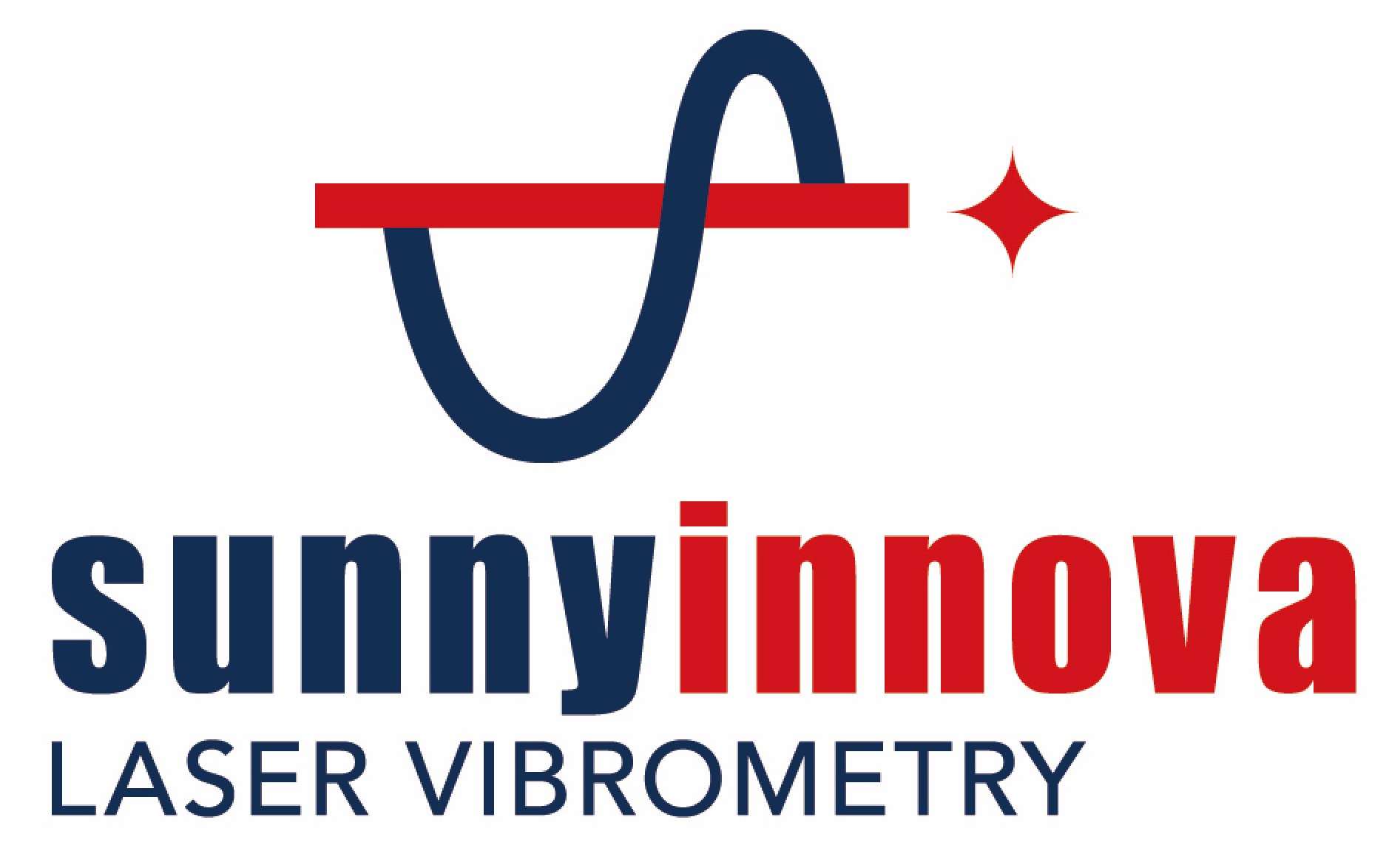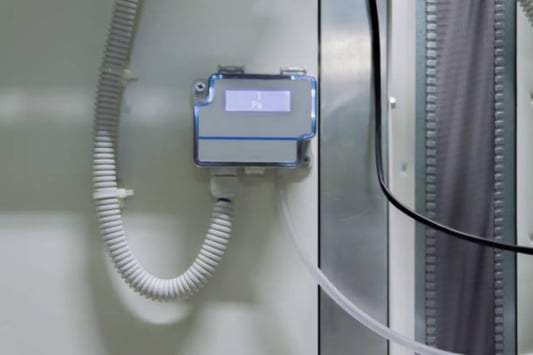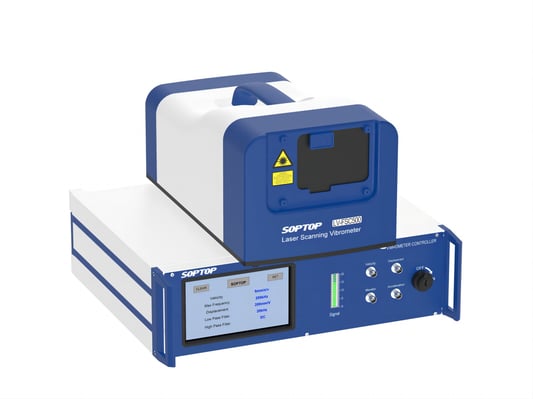IntroductionLaser Vibrometer is an optical measuring device that is widely used in scientific experimentation and industrial applications. It is capable of measuring mechanical vibrations with high accuracy and precision, especially in small and delicate systems. This article gives a detailed overview of Laser Vibrometer, including its applications, advantages, and benefits.How Laser Vibrometer Operates?A Laser Vibrometer uses the laser Doppler effect to measure vibrations. The laser beam is directed onto the vibrating object, and the reflected light is captured by the device's sensor. The frequency shift of the laser light due to the movement of the object is measured and analyzed. This measurement can be used to calculate the displacement, velocity, and acceleration of the vibrating object.Applications of Laser VibrometerLaser Vibrometer is used in diverse fields of applications, including biomedical engineering, mechanical engineering, structural vibration analysis, and aerospace engineering. It is particularly useful in identifying micro-vibration levels in electronics, micromechanics, and other delicate mechanical systems. Aerospace engineers use Laser Vibrometers to study the vibration modes of airplane structures and to identify defects or damages that can jeopardize the aircraft flight. Advantages of Laser VibrometerUsing a Laser Vibrometer has several advantages over other vibration measurement techniques. It provides accurate and precise measurements of mechanical vibrations, and it is a non-contact measurement technique. It is especially useful when dealing with small-scale systems, where traditional measurement devices are not effective. Additionally, the Laser Vibrometer can be used to measure a wide range of frequencies, making it a versatile tool for researchers and engineers.Benefits of Laser VibrometerLaser Vibrometer has several benefits, including safety, convenience, and simplicity. As it is a non-contact measurement technique, it eliminates the need for sensors that can be damaged due to contact with the vibrating object, reducing the overall cost of the measurement system. Additionally, it reduces the risk of damaging the object under observation. Finally, the simplicity of the measurement process guarantees repeatability and enhances the accuracy of the measurement results.Limitations of Laser VibrometerAlthough Laser Vibrometer is a powerful measurement tool, it has certain limitations. One significant limitation is that it can only measure vibrations along the line-of-sight of the laser beam. It might be challenging to measure vibrations in objects where the direction of vibration is unknown or not aligned with the line-of-sight of the device. Additionally, Laser Vibrometer may require an environment free from environmental noise, which might not always be practical.Factors Affecting Laser Vibrometer MeasurementsVarious factors can affect Laser Vibrometer measurements. The most common factors include roughness, material properties, mode shapes, and the distance between the object and the device. Additionally, Laser Vibrometer can be subject to noise generated by environmental factors such as temperature, humidity, and wind speed.Laser Vibrometer in Production TestingLaser Vibrometer is used in production testing to inspect the quality of products. The technique is employed to measure vibration, sound, and noise in products such as automotive parts, engine components, and electronic devices. It is particularly useful in detecting defects such as misaligned components, loose connections, and faulty bearings.Future of Laser VibrometerThe future of Laser Vibrometer looks promising, with companies working to increase the measurement range and frequency spectrum of the device. Additionally, the cost of the equipment is dropping, making it more affordable for users. As a result, Laser Vibrometry will be used in more applications where fast and accurate measurements of mechanical vibrations are required.ConclusionIn summary, Laser Vibrometer is an essential non-contact measurement tool that is useful in the precise measurement of mechanical vibrations. Its benefits, including accuracy, repeatability, safety, and simplicity, make it a versatile tool in scientific experimentation and industrial applications. The future of the device looks bright, with users expected to increase in various fields, including biomedical engineering, material science, and production testing.Quote InquiryContact Us










